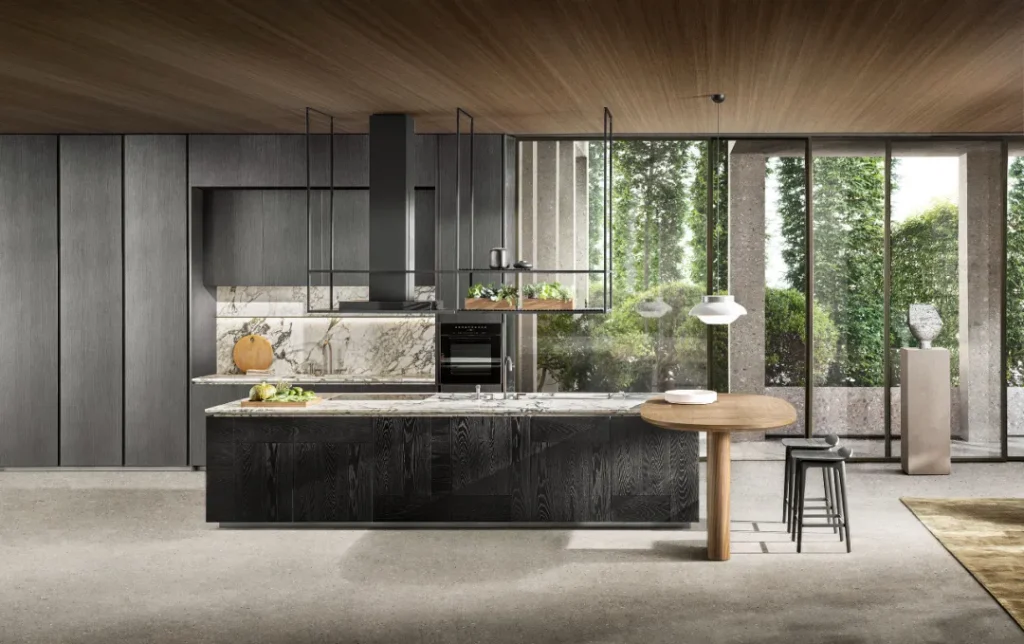Lamp Anatomy: A Guide to Lamp Body Parts

Introduction
Lamps have been a part of our daily lives for ages. They help brighten up our homes and workspaces, adding a touch of warmth and coziness. However, have you ever wondered what makes up a lamp? From the base to the shade, there are several components that make up a lamp. In this article, we’ll delve deeper into the anatomy of a lamp by discussing each component in detail.
The Base
The base is the foundation of the lamp and holds all the other components together. Lamp bases come in various sizes, shapes, and materials, including wood, metal, and ceramic. Most lamp bases have a switch that turns the lamp on and off, and some also have a dimmer function that adjusts the brightness of the light.
Types of Lamp Bases
There are several types of lamp bases, including:
- Table Lamp Bases: These are the most common type of lamp bases and are designed to sit on a flat surface like a table or desk.
- Floor Lamp Bases: These lamp bases are designed to stand on the floor and are perfect for adding illumination to large spaces like living rooms.
- Wall Lamp Bases: These are attached to the wall and are ideal for illuminating hallways and corridors.
The Stem
The stem is the long, slender component that connects the base to the shade. The stem can be straight or curved, depending on the design of the lamp. It is usually made of metal or wood and comes in various thicknesses and lengths.
Types of Stems
There are several types of stems, including:
- Straight Stem: This type of stem is completely straight and is the most common type of stem found in lamps.
- Curved Stem: This type of stem curves towards the shade, giving the lamp a more elegant appearance.
- Swing Arm Stem: This type of stem can be moved in different directions, making it perfect for reading or other activities that require focused lighting.
The Shade
The lamp shade sits on top of the stem, and its main function is to diffuse the light emitted from the bulb. Lamp shades come in various shapes, sizes, and materials, including fabric, paper, and glass. The shade’s color and pattern also play a significant role in determining the type of lighting effect produced.
Types of Shades
There are several types of shades, including:
- Drum Shade: This type of shade is round and features a straight top and bottom.
- Bell Shade: This shade is shaped like a bell, with a wider top and a narrower bottom.
- Empire Shade: This shade has a wider bottom than the top, giving it a more traditional appearance.
The Bulb
The bulb is the source of light in a lamp, and it is housed in the socket, which is part of the lamp stem. Light bulbs come in various shapes, sizes, and wattages, each designed for a specific purpose. The type of bulb used in a lamp also affects the amount of light produced and the energy consumed.
Types of Bulbs
There are several types of bulbs, including:
- Incandescent Bulbs: These bulbs are the traditional kind and produce warm, yellowish light. They are being phased out in many countries due to their high energy consumption.
- Fluorescent Bulbs: These bulbs produce cool, white light and are energy-efficient compared to incandescent bulbs. However, they contain mercury and need to be disposed of properly.
- LED Bulbs: These bulbs are the most energy-efficient and long-lasting, producing a range of colors and temperatures. They are also environmentally friendly and cost-effective in the long run.



